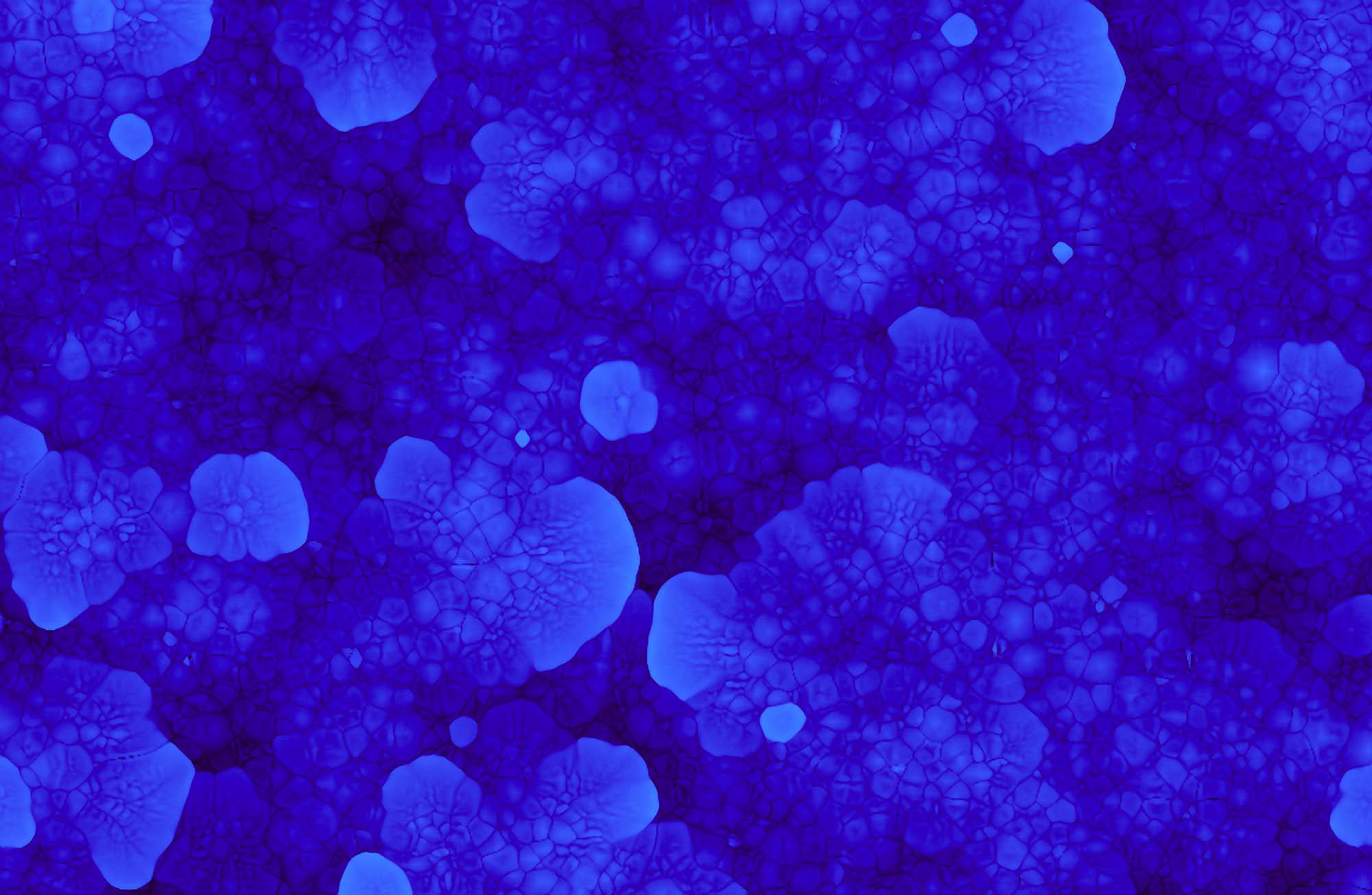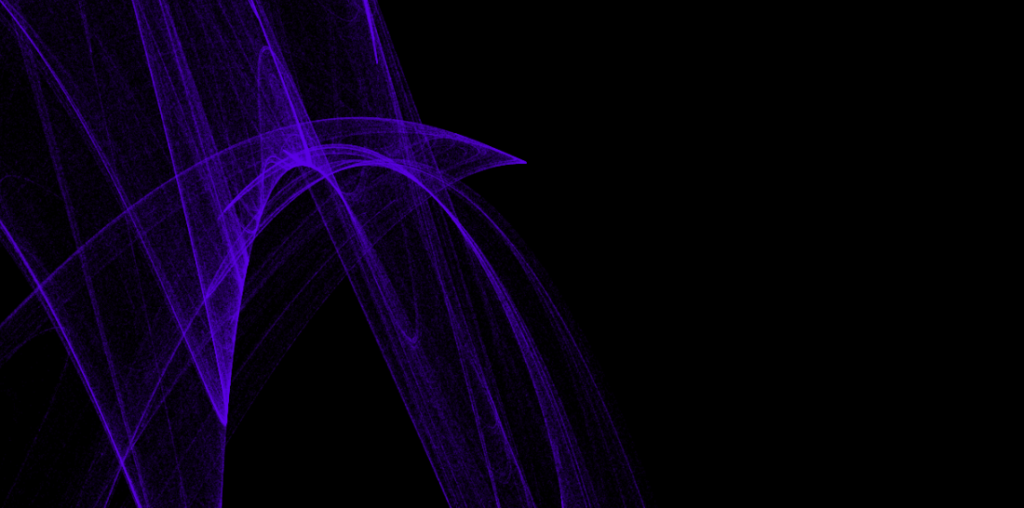Lately i have rekindled an old love affair of mine
love affair with “art” from code
artistic pieces made with code
programming web code in such a way that it produced results that could be called “contemporary art”
something that is distinktive & beautiful and still random and spontaneous every time you look at it
this has always been my motivation to learn about coding:
to create things for the wwweb that are different, surprising, non-linear
making people stop for a moment
wondering
“what is that???”
Well after doing such things in Adobe Flash 13 or so years ago, now i have come back to it
No more Flash (not supported anymore because of Apple) but now new languages of code can be used
so here are a few of my attempts to learn & create something beautiful & playful:
(take some time to enjoy the enfoldment)
www.crisrieder.org/_experiments/
And this is what the Wikipedia calls this kind of artistic endeavours:
Generative Art refers to art that in whole or in part has been created with the use of an autonomous system. An autonomous system in this context is generally one that is non-human and can independently determine features of an artwork that would otherwise require decisions made directly by the artist. In some cases the human creator may claim that the generative system represents their own artistic idea, and in others that the system takes on the role of the creator. “Generative art” is often used to refer to algorithmic art (computer generated artwork that is algorithmically determined). But generative art can also be made using systems of chemistry, biology, mechanics and robotics, smart materials, manual randomization, mathematics, data mapping, symmetry, tiling, and more.
Algorithmic Art, also known as computer-generated art, is a subset of generative art (generated by an autonomous system) and is related to systems art (influenced by systems theory). Fractal art is an example of algorithmic art.[2] For an image of reasonable size, even the simplest algorithms require too much calculation for manual execution to be practical, and they are thus executed on either a single computer or on a cluster of computers. The final output is typically displayed on a computer monitor, printed with a raster-type printer, or drawn using a plotter. Variability can be introduced by using pseudo-random numbers. There is no consensus as to whether the product of an algorithm that operates on an existing image (or on any input other than pseudo-random numbers) can still be considered computer-generated art, as opposed to computer-assisted art.
Strange Attractor.An attractor is called strange if it has a fractal structure. This is often the case when the dynamics on it are chaotic, but strange nonchaotic attractors also exist. If a strange attractor is chaotic, exhibiting sensitive dependence on initial conditions, then any two arbitrarily close alternative initial points on the attractor, after any of various numbers of iterations, will lead to points that are arbitrarily far apart (subject to the confines of the attractor), and after any of various other numbers of iterations will lead to points that are arbitrarily close together. Thus a dynamic system with a chaotic attractor is locally unstable yet globally stable: once some sequences have entered the attractor, nearby points diverge from one another but never depart from the attractor. The term strange attractor was coined by David Ruelle and Floris Takens to describe the attractor resulting from a series of bifurcations of a system describing fluid flow.


